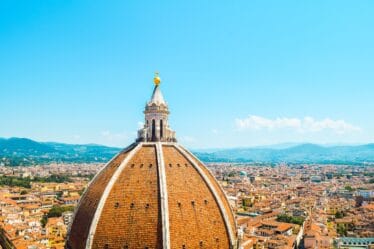

Sandro Botticelli, born Alessandro di Mariano di Vanni Filipepi, is celebrated as one of the most influential artists of the Renaissance. Known for masterpieces like “The Birth of Venus” and “Primavera,” Botticelli’s work continues to captivate audiences around the world. But beyond his artistic talents, Botticelli was also known for his wit and humor. This post explores some fascinating stories from his life, revealing a side of the artist that is rarely discussed.
Who Was Sandro Botticelli?
Sandro Botticelli (1445-1510), whose real name was Alessandro di Mariano di Vanni Filipepi, was given the nickname “Botticelli,” inspired by his brother Giovanni’s nickname, “Botticello,” meaning “little barrel” due to his stout build. Botticelli was not only a master of painting but also a charismatic figure known for his sharp humor and quick wit, often engaging in clever pranks and jokes.
Botticelli’s Famous Marriage Joke
One popular story about Botticelli’s humor comes from the renowned Renaissance poet Poliziano. According to Poliziano, a prominent Florentine politician, Messer Tommaso Soderini, once suggested that Botticelli marry his wife. Botticelli, never missing an opportunity for a witty comeback, replied that he had once dreamed of being married. In his dream, he described it as a nightmare where he “wandered all night through Florence like a madman, unable to find a reason to return.”
The Prank on Apprentice Biagio
Another famous tale, recorded by historian Alessandro Cecchi from a “Vasarian” source, recounts a prank Botticelli played on one of his former apprentices, Biagio. The story goes that Botticelli, along with his workshop pupil Jacopo Burlone, decided to play a joke on Biagio with the help of a client who had commissioned a painting.
One night, Botticelli created red paper hats resembling those worn by the city councilors of Florence and glued them onto the heads of the angels surrounding the Madonna in Biagio’s painting. The next morning, when the client arrived to see the painting, Biagio was shocked to see what appeared to be red councilor hats on the angels. However, noticing that the client seemed pleased with the painting, Biagio chose to stay silent to secure the sale.
How Botticelli’s Prank Unfolded
After the client left, Botticelli, unseen by anyone, removed the paper hats from the angels’ heads. When Biagio returned and saw that the hats were gone, he thought he was going mad. The prank, orchestrated by Botticelli and his workshop companions, left Biagio bewildered and is remembered as a classic example of Botticelli’s humor.
Conclusion: Botticelli’s Legacy Beyond Art
These stories provide a unique insight into Botticelli’s character beyond his famous paintings. They showcase his lively personality, quick wit, and the playful atmosphere of his workshop in Florence. While Botticelli’s artworks continue to be admired for their beauty and skill, these anecdotes add a human dimension to his legacy, reminding us that even the greatest artists had a sense of humor.



